Nintendo's approach to preorders for the Switch 2 has sparked interest due to differing methods used in Japan and the U.S. A study suggests these differences stem from cultural perceptions of fairness. In Japan, Nintendo opted for a lottery system, which is seen as a fair way to allocate limited consoles, while in the U.S., they used a "first-come, first-served" method. The research indicates that these choices reflect the company’s concern over reputation and customer satisfaction in acquisition experiences. The limited availability prompted both regions to employ strategies to ensure that consoles would be sold to genuine gamers instead of resellers.
Why did Nintendo use different preorder methods for the Switch 2 in Japan and the U.S.?Nintendo used a lottery system in Japan to align with local cultural expectations of fairness, while a first-come, first-served system was adopted in the U.S. because it rewards individual effort, reflecting differing market perceptions about fairness and customer experience.
The Nintendo Switch 2, a highly anticipated sequel to the original device, aims to enhance the gaming experience with improved hardware and exclusive titles. As companies face challenges in managing demand versus supply, understanding regional cultural nuances in marketing strategies remains crucial for success in the gaming industry.

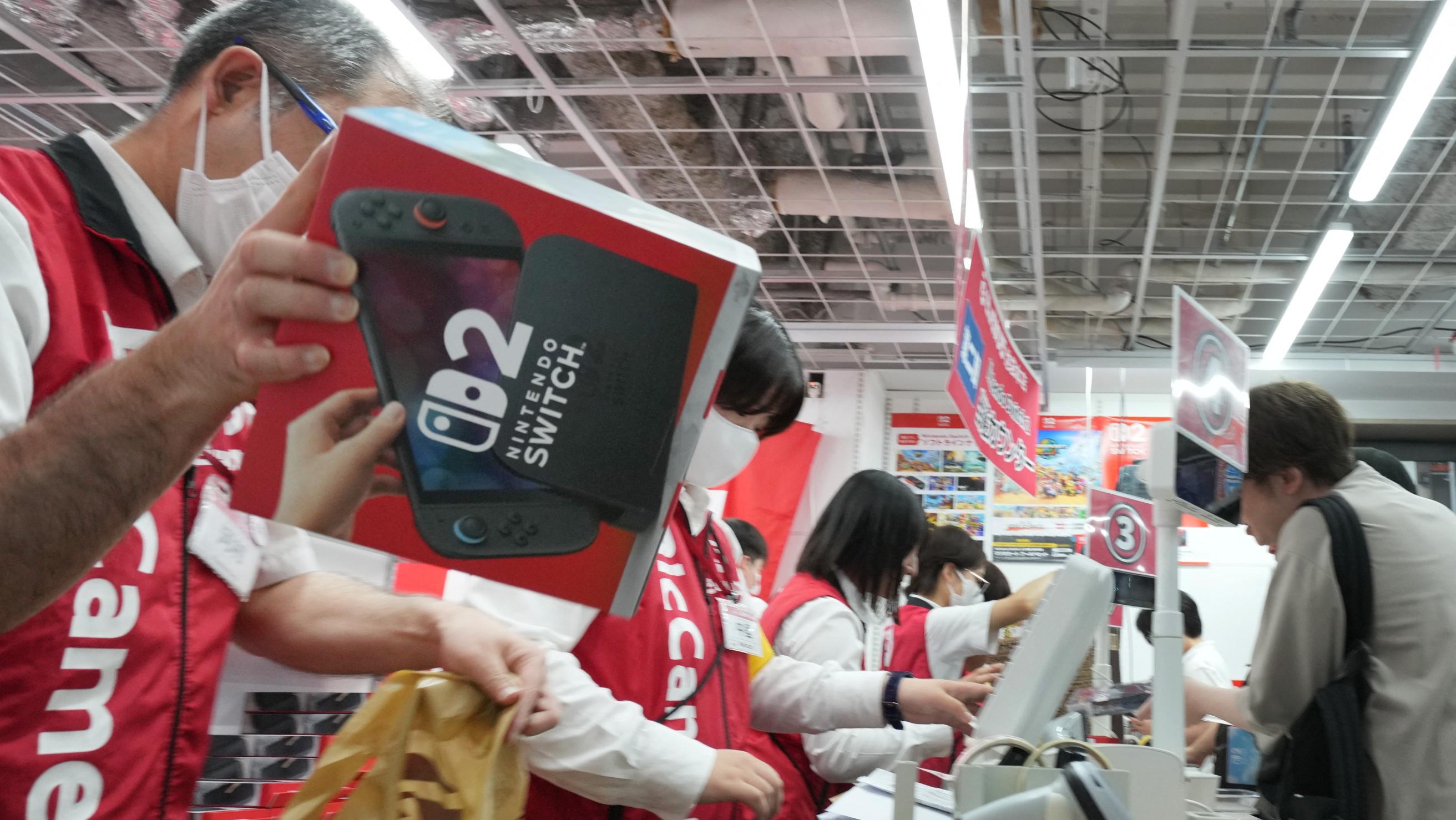

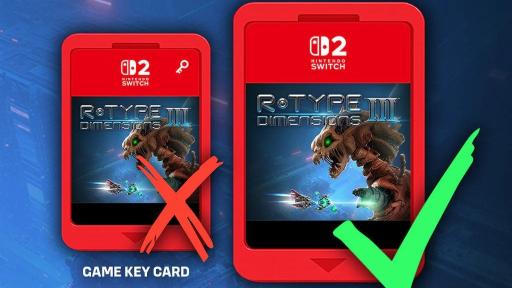

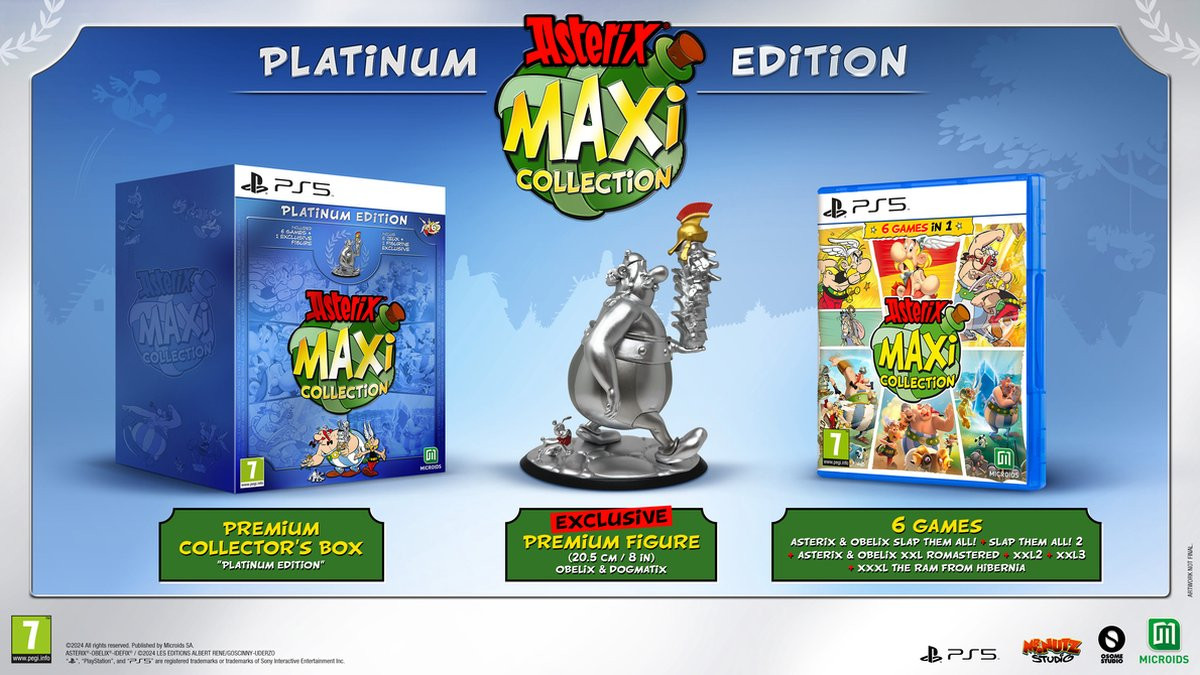

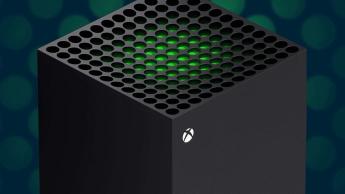
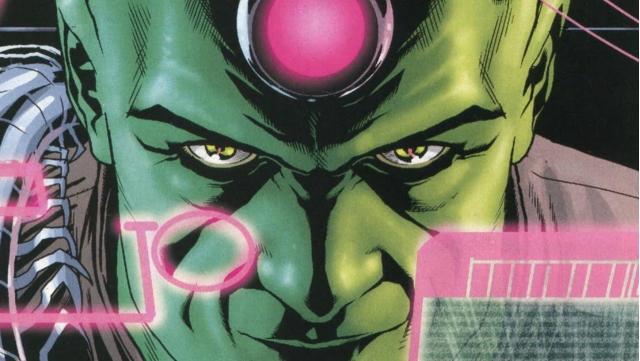

Comments
No comments yet. Be the first to comment!